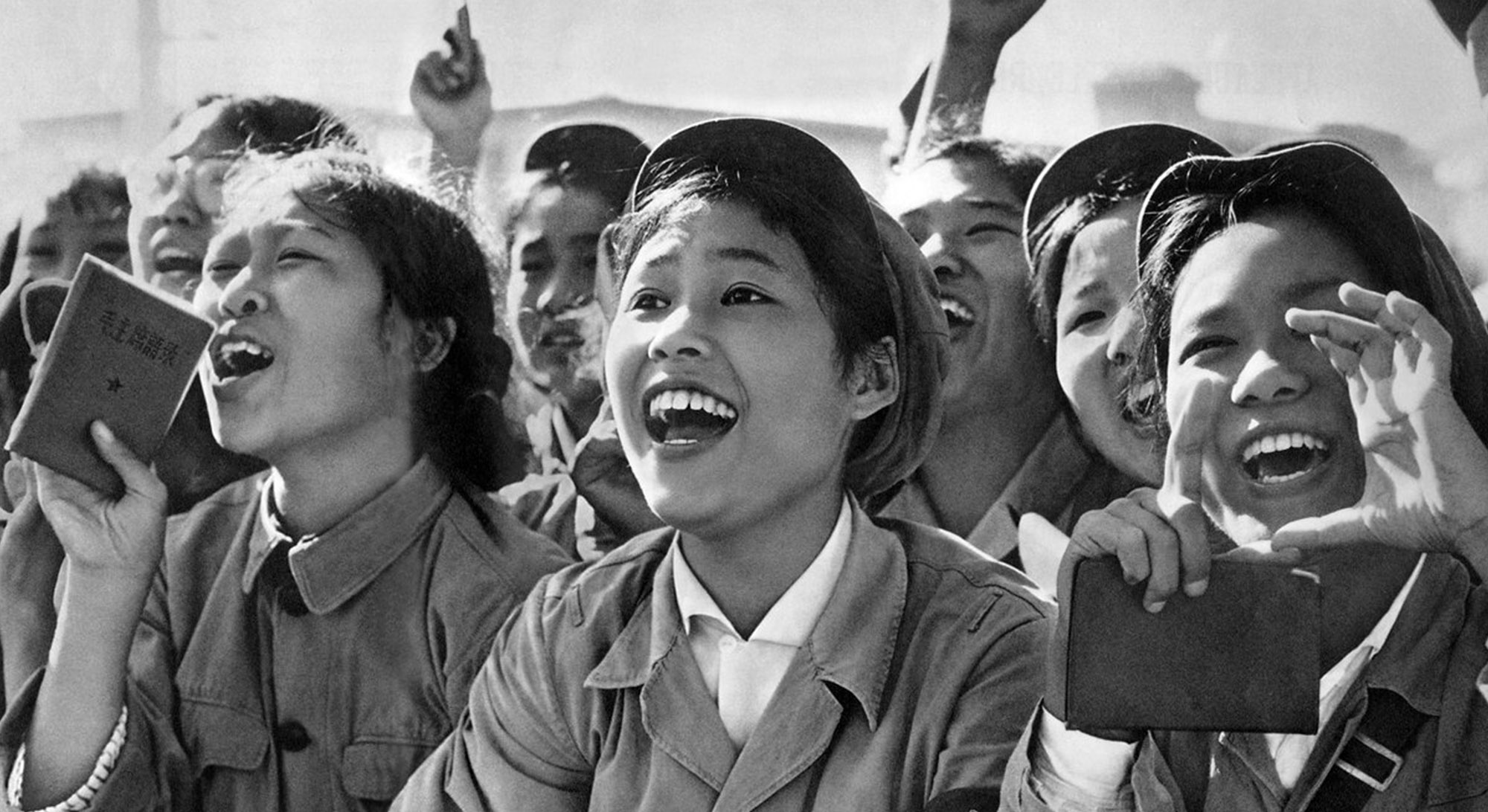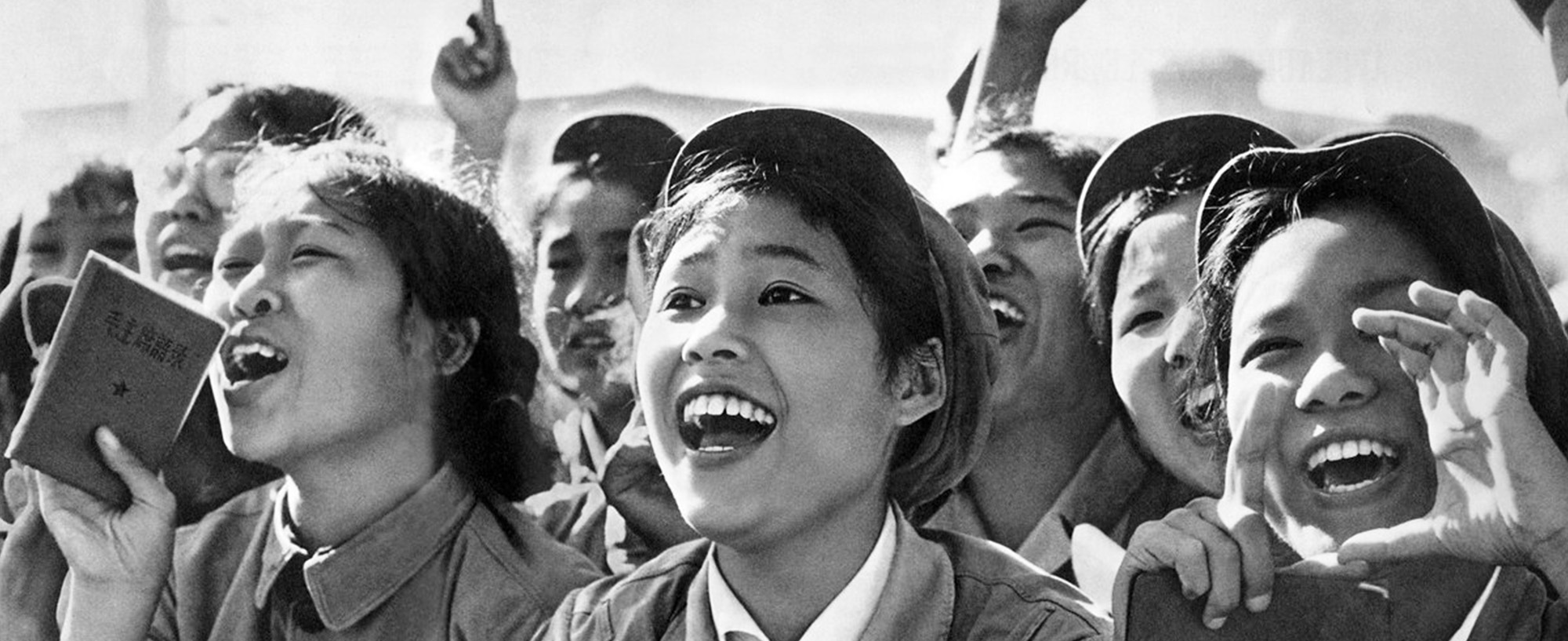


Student protesters in their teens and 20s formed the paramilitary group known as the Red Guards. The government paid for members to travel around the country exchanging 'revolutionary experiences.' At rallys, Lin Biao, who would later be designated Mao's successor, called for the Red Guard to destroy the 'Four Olds' of Chinese society: old customs, old culture, old habits, and old ideas.
The movement quickly escalated. Books and art were destroyed, museums were ransacked, and streets were renamed with new revolutionary names and adorned with portraits and quotes of Mao. Temples, shrines, and other heritage sites in Beijing were vandalized. As the party lost control, the movement became violent. Intellectuals, top party officials, and perceived 'bourgeois elements' were labeled counterrevolutionary and subjected to physical and psychological attacks. Clergy were arrested and sent to camps, and monasteries were destroyed. Although Maoist leaders forbade physical violence, struggle sessions often led to physical abuse.
In August and September 1966 1,772 people were murdered in Beijing alone. Many people who were targets of 'struggle' committed suicide. By 1967, the government attempted to reign in the Red Guards. The military, led by Lin Biao, forcibly suppressed more radical factions of the group. Students were ordered to return to schools, and student radicalism was deemed 'counterrevolutionary' and banned.
After the summer of 1968, small radical groups of students continued to partake in the movement, but the Red Guards' official and substantial role in the Cultural Revolution had ended.